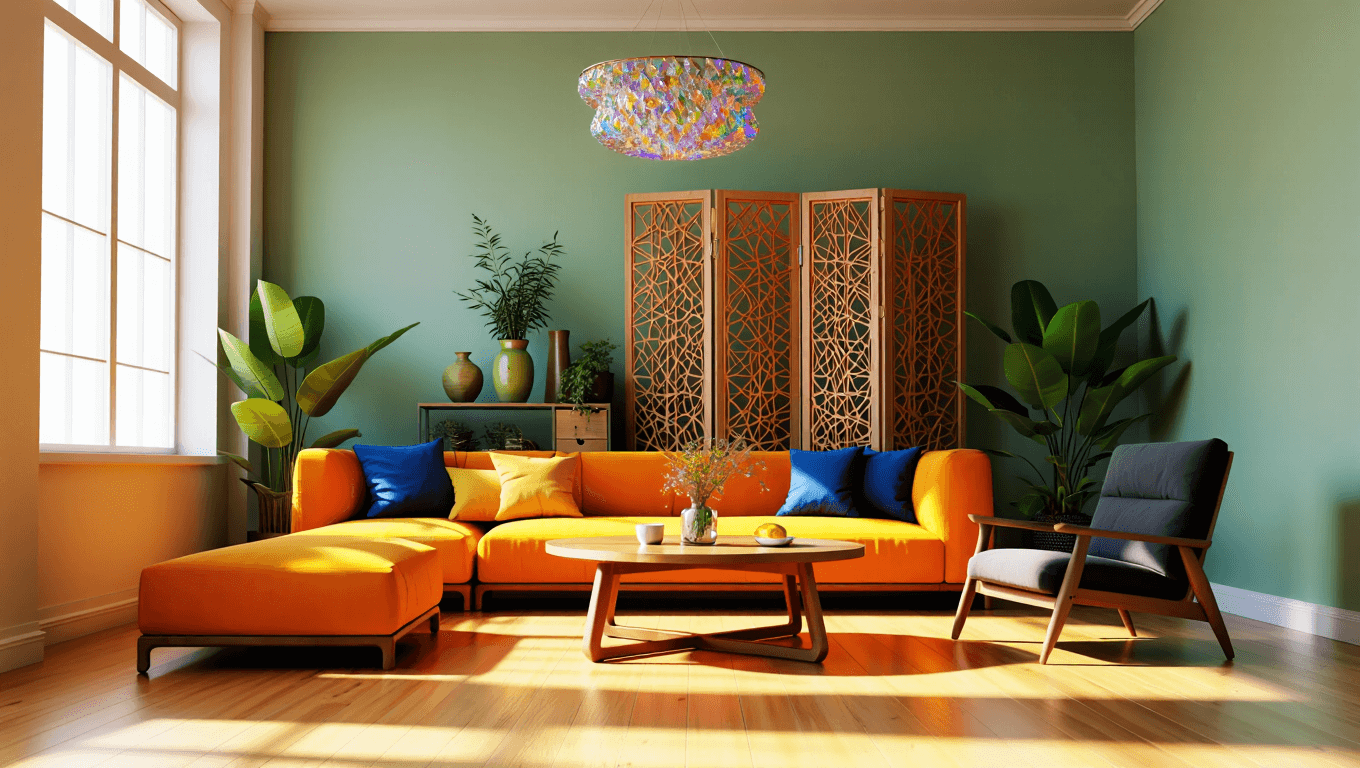The ancient practice of Feng Shui, which translates to “wind and water,” has long influenced both architecture and interior design. This philosophy focuses on creating environments where energy flows seamlessly and enhances residents' well-being. The principles of Feng Shui are based on the balance of the five elements of nature – water, wood, fire, earth and metal – and are increasingly recognized worldwide for their ability to transform spaces into harmonious havens.
Feng Shui's approach to a harmonious life
Feng Shui consultant Laura Aguiló shares insights into how certain colors and shapes can significantly change the atmosphere of any environment, promoting a noticeable sense of harmony and comfort. At the heart of Feng Shui is the belief that everything is energy and influences both the human body and the spaces we inhabit. Therefore, the strategic arrangement and selection of shapes and materials are crucial to channeling this energy beneficially.
Curves and organic materials in design
Curved and oval shapes, such as rounded cushions or curved furniture, are becoming increasingly popular in modern furnishings as they promote the flow of energy and make rooms appear more inviting. This preference is related to the idea that sharp, angular shapes can disrupt the circulation of energy, whereas curves can soften it and distribute it evenly. When choosing colors and materials, Feng Shui places emphasis on aligning with the vibrations intended for the respective environment. Gray tones and rounded shapes could represent metal, while earthy brown tones are reminiscent of the earth element.
Integrating nature into the decoration
The use of organic materials and natural shapes is a significant trend driven by Feng Shui. Elements such as wood, stone and water as well as the addition of fountains and plants serve to balance energy. When it comes to houseplants, species with round, fleshy leaves are preferred because they symbolize growth and vitality.
Create balanced spaces
Feng Shui applies to both indoor and outdoor areas. Aguiló points out the importance of taking into account the energies entering a home when opening the door. Architectural elements that might be perceived as unfavorable, such as exposed beams, known as “poison darts” in Feng Shui, can be alleviated with simple remedies such as painting the beams white or avoiding sleeping directly underneath them.
Furniture arrangement for social harmony
The placement of furniture can also impact the quality of social interaction. To improve dialogue and harmony in common spaces such as living rooms, it is recommended to arrange the seats in an L-shape or oval configuration. This setup allows everyone to see each other, making communication easier.
Choose the right colors and shapes
When it comes to choosing colors, soft tones are ideal for bedrooms to encourage relaxation, while more vibrant colors and shapes that encourage conversation are better suited to social areas such as living rooms. The key is to match the color palette and arrangement to the function of each room to ensure the energy flows and creates a harmonious environment.
In summary, the ultimate goal of Feng Shui is to create spaces where people feel comfortable and rested. Achieving harmony at home not only increases individual well-being, but also supports decision-making, strengthens relationships and promotes positive living. As Aguiló notes, “Our spaces should help us recharge and provide harmony that leads to better decisions, attracts others, and fosters shared experiences.”
Similar posts:

Daniel Harris is a professional journalist who focuses on the intersection of breaking news, extraordinary history and enduring legends. With a background in historical research and storytelling, he blends current reporting with timeless narratives, ensuring complex events and ancient myths resonate with today's readers. Daniel's work often uncovers surprising connections between current headlines and legendary stories, offering unique perspectives that captivate diverse audiences. Beyond reporting, he cares about preserving oral traditions and exploring how extraordinary stories continue to shape culture and identity.
